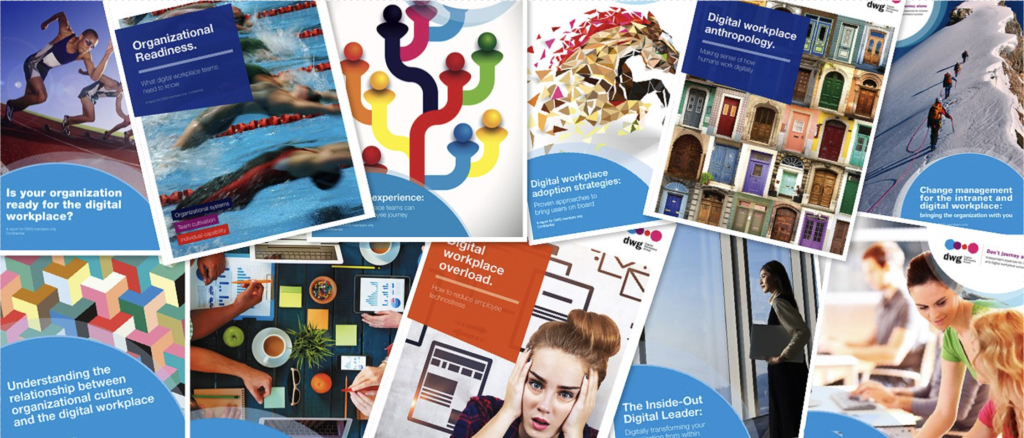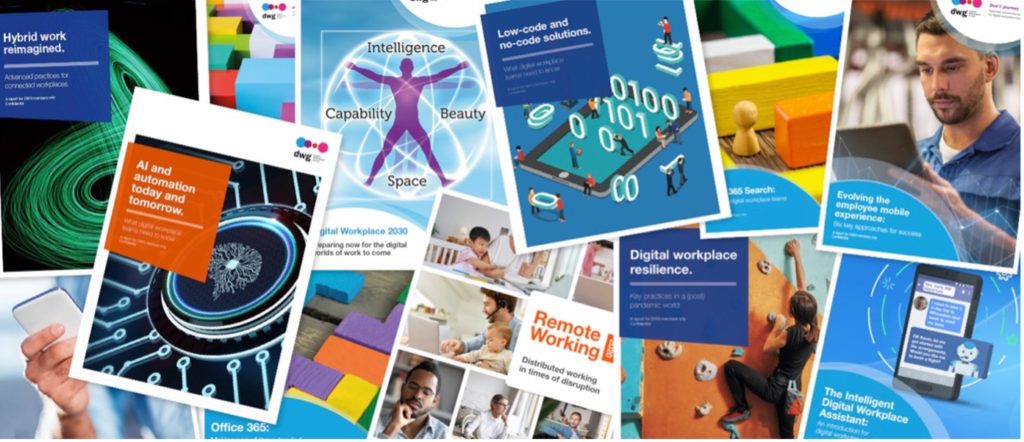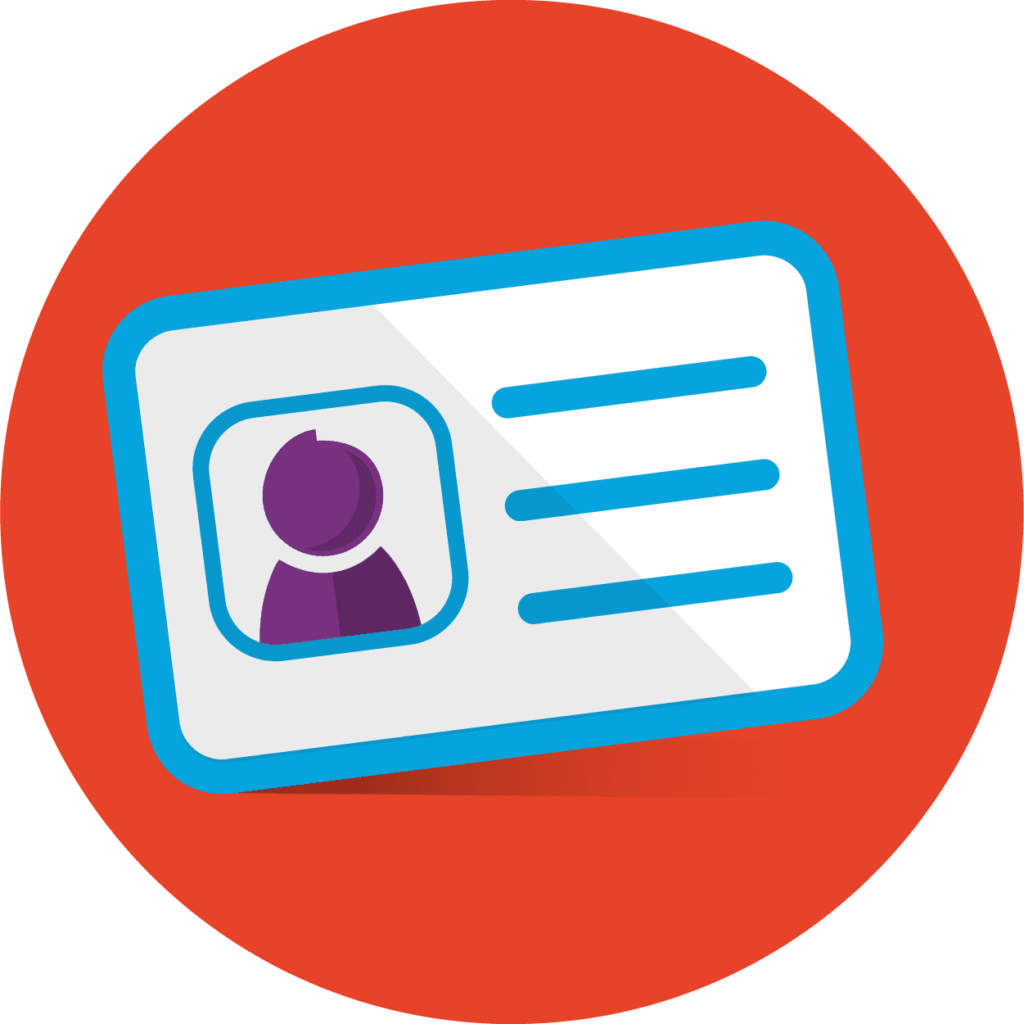20 years of DWG Research: Fostering human-centred digital workplaces
To mark DWG’s 20th anniversary on June 20, 2022, we are publishing our 20 Perspectives from 20 Years series, authored by key individuals from our history. We are delighted to kick the series off with a post written by DWG’s Director of Research, Elizabeth Marsh.

As DWG celebrates its 20th anniversary year, we have taken a look back at its research programme. While we’ve covered many intranet and digital workplace topics over the years, more often than not our research papers have focused on contributing to successful, well-evidenced, human-centric practices that help keep our members at the forefront of practice in the industry.
20 years. 100+ research papers. Nearly 200 in-depth case studies. 20+ expert authors. It’s been quite a journey (so far)!
It’s been my great privilege to manage many of these projects, to research and write a few of them myself, and to work with a smart, savvy group of researchers. Our aim has always been to help inform, educate and inspire the intranet and digital workplace teams within DWG’s circle of members – and, importantly, it’s our members who drive the topics we explore.
We’ve been rewarded by hearing from members that they use our research to inform decision making, as a source of ideas, and as the basis for rich interactions and knowledge sharing. In fact, in our last member survey, 82% of members told us that access to research and case studies is one of the best things about DWG membership.
Here are three key overarching areas we’ve covered through the years:
Fostering human-centred digital workplaces
We’ve strived to make sure that, as well as informing high-performing intranets and digital workplaces that enable productivity and efficiency, we also keep our research focused on fostering a human-centred approach. This extends right from the fundamentals of setting up a user experience programme through to guidance on all the elements needed to design and deploy a digital employee experience that wraps around employees’ daily work lives.
Taking on the tricky topic of culture, we unpicked the elements of culture that professionals in our industry need to consider as part of the wider programme, including how the digital workplace both reflects and influences the overall cultural climate of the organization.
Truly putting people at the heart of the digital workplace has also led to a number of research projects exploring aspects of organizational readiness, such as digital dexterity, digital leadership and digital wellbeing. We’ve set out guidance on change management and adoption, helping digital workplace teams to make sure that they take people with them on the journey.
More recently, we explored what digital workplace practitioners could learn from anthropologists. This was a fascinating research project that went well beyond the basics of user-centred design towards approaches to understanding the complexity of how humans work digitally in order to build more successful and meaningful digital experiences.

Pioneering evidence-based intranet practices
While focusing firmly on the human aspects of digital work, our research also promotes a data-driven, evidence-based approach to intranet and digital workplace programmes.
In a groundbreaking report, we analysed data from DWG’s benchmarks to reveal the critical practices for success. Much of the secret to success lies in management practices, such as having a clear strategy, robust governance and meaningful measurement – all areas on which our research provides extensive guidance.
We also get right down into the detail of areas such as documenting intranet management practices, defining content strategy, managing knowledge, organizing content migration and optimizing digital communication channels – and so much more!

Keeping members at the forefront of practice
Over the years, I’ve often thought of DWG’s research as equipping our members with the knowledge, examples, ideas and tools to make that convincing business case, enable smart conversations with stakeholders, and get their projects and initiatives on a firm footing.
To help our members remain at the forefront of digital workplace practice, we try to stay one step ahead, looking at the most important trends happening not only now but also next. In 2009, we published research about what intranets might look like in 2015; and in 2018, we wrote about what the digital workplace would look like in 2030.
As teams wrestled with the new situation during the pandemic, we brought out a paper about remote working, drawing on the combined experience of our team, which has been working this way for many years; and as we started to emerge into the ‘new normal’ we published research about digital workplace resilience to help practitioners get their planning back on the rails and even accelerate their programmes. And in the new (and yet not at all new) world of hybrid we delved past the basic practices to understand the deeper nuances and approaches that will make this successful.
There have also been plenty of opportunities to ‘geek out’ on the latest technological developments, with regular coverage of the action in SharePoint and Office 365, a deep dive on AI and automation, and quick dips into intelligent assistants, low-code and no-code solutions and enterprise mobile.

Conclusion
- There may be no university for intranet and digital workplace professionals, but DWG’s Research Library is the source of learning across a whole array of topics in the industry.
- And there’s more to come! Take a look at the 2022 programme to find out about the research projects we’re currently working on.
- DWG members can access all of this research on the member extranet, while our wider community has access to executive summaries of our reports plus the occasional whole report we give away for free, such as Digital workplace anthropology: Making sense of how humans work digitally and Digital workplace overload: How to reduce employee technostress.
Talk to us about…
… becoming a DWG memberMore about DWG Membership » |
Categorised in: Digital workplace

